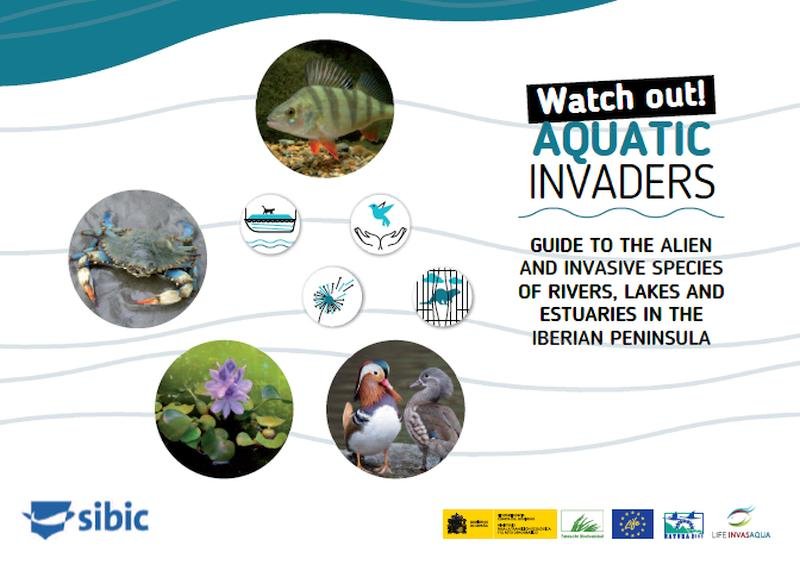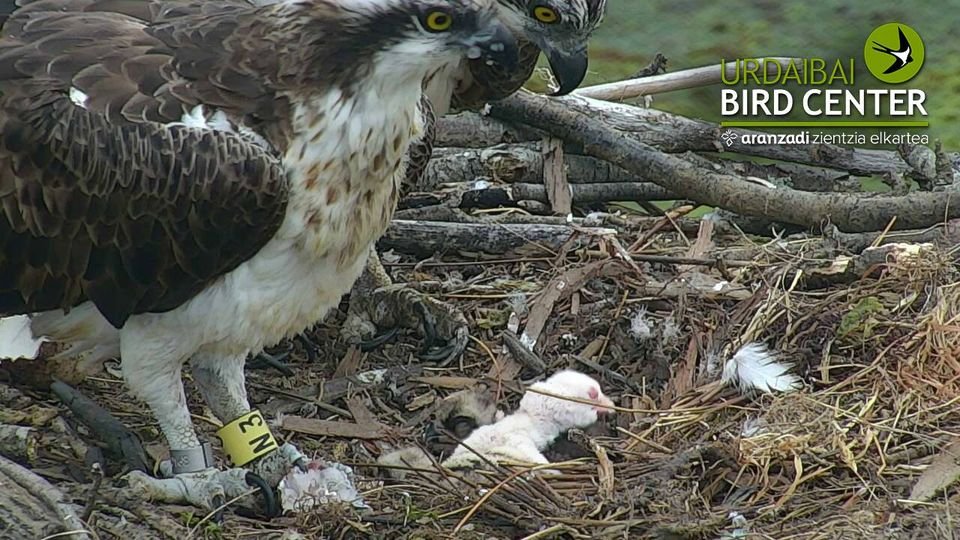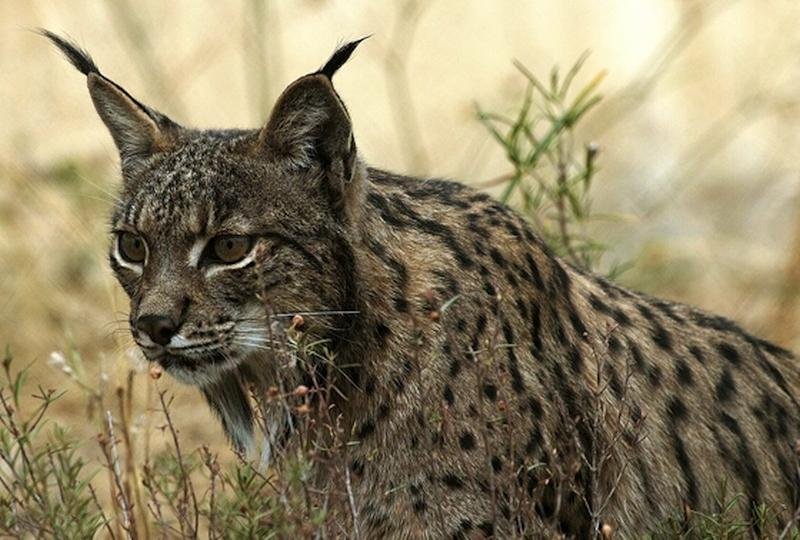Increasing in population sizes and going about their invasive business un noticed for many years, introduced and invasive species in Spain have now become more researched in recent years and the damage they do to local ecosystems is impossible to deny or disprove.
A pioneering and informative guide addresses the problem of invasive alien species (IAS) in a simple and visual format to help society identify them and advance their knowledge, monitoring and management.
The contents of the guide, designed in Portuguese, Spanish and English, include texts, photographs of the species divided into four groups – fungi, invertebrates, fish and other vertebrates.
GUIDE TO DE ALIEN AND INVASIVE SPECIES OF RIVERS, LAKES AND ESTUARIES IN THE IBERIAN PENÍNSULA
Casals, F. and Sánchez-González, J. R. (Eds.). 2020. Guide to the alien and invasivespecies of rivers, lakes and estuaries in the Iberian Peninsula. LIFE INVASAQUAProject. Ed. Iberian Society of Ichthyology. 128 pp.
Download the ebook here: https://www.lifeinvasaqua.com/en/an-iberian-guide-to-identify-and-combat-biological-invasions/
Below is the invasive species list contained in the guide
I’ve been living in this lovely area of Western Andalucia for the last 20 years or so and dedicate most of my time to the running of English language tourist information websites for the towns of Cádiz, Ronda, Grazalema, the famous or infamous Caminito del Rey, and also Wildside Holidays, which promotes sustainable and eco-friendly businesses running wildlife and walking holidays in Spain. My articles contain affiliate links that will help you reserve a hotel, bus, train or activity in the area. You don’t pay more, but by using them you do support this website. Thankyou!


